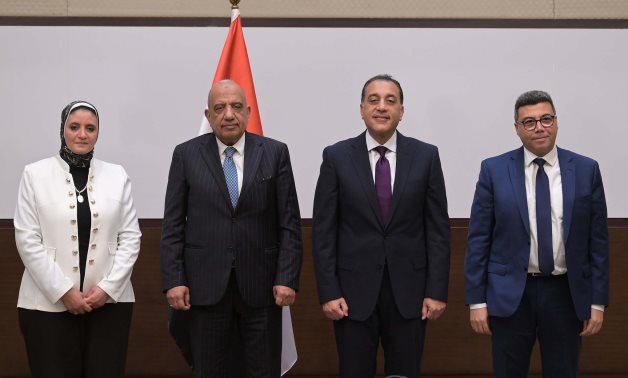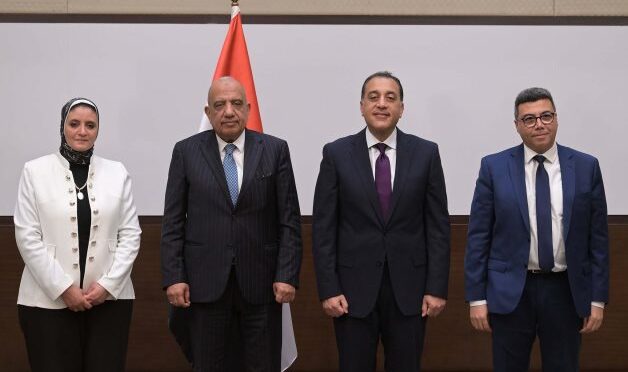The Egyptian Electricity Transmission Company (EETC) has signed an agreement with Siemens Gamesa Renewable Energy to build a 500 MW wind farm in the Gulf of Suez.
The signing ceremony took place in the presence of Prime Minister Moustafa Madbouly and Minister of Electricity and Renewable Energy Mahmoud Esmat, marking a significant step in Egypt’s renewable energy expansion strategy.
Under the agreement, Siemens Gamesa will be responsible for the development, supply of wind turbines, financing, and operation of the wind farm.
The wind farm is expected to play a crucial role in increasing the share of renewable energy in Egypt’s electricity mix, directly contributing to the country’s clean energy goals.
As part of Egypt’s broader energy transition plan, the government aims to achieve 42% renewable energy by 2030 and 65% by 2040.

The initiative also aligns with national efforts to reduce dependence on fossil fuels, reduce carbon emissions, and accelerate the transition to clean energy sources.
Minister Mahmoud Esmat emphasized that the project aligns with the government’s vision to develop the renewable energy sector, optimize the use of natural resources, and reduce carbon emissions.
He praised Siemens Gamesa as a key strategic partner in Egypt’s power projects, particularly in the field of renewable energy, and expressed his enthusiasm for further collaboration on clean energy initiatives.
Esmat further emphasized that renewable energy is essential for sustainable development, environmental protection, and ensuring a better future for future generations.
This vision is aligned with the United Nations Sustainable Development Goals (SDGs), particularly Goal 7, which aims to provide affordable, reliable, and sustainable energy for all.
He also underscored Egypt’s position as a leader in the Middle East’s renewable energy sector, where some of the region’s largest clean energy projects are being developed through strong public-private partnerships.

